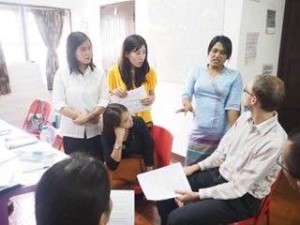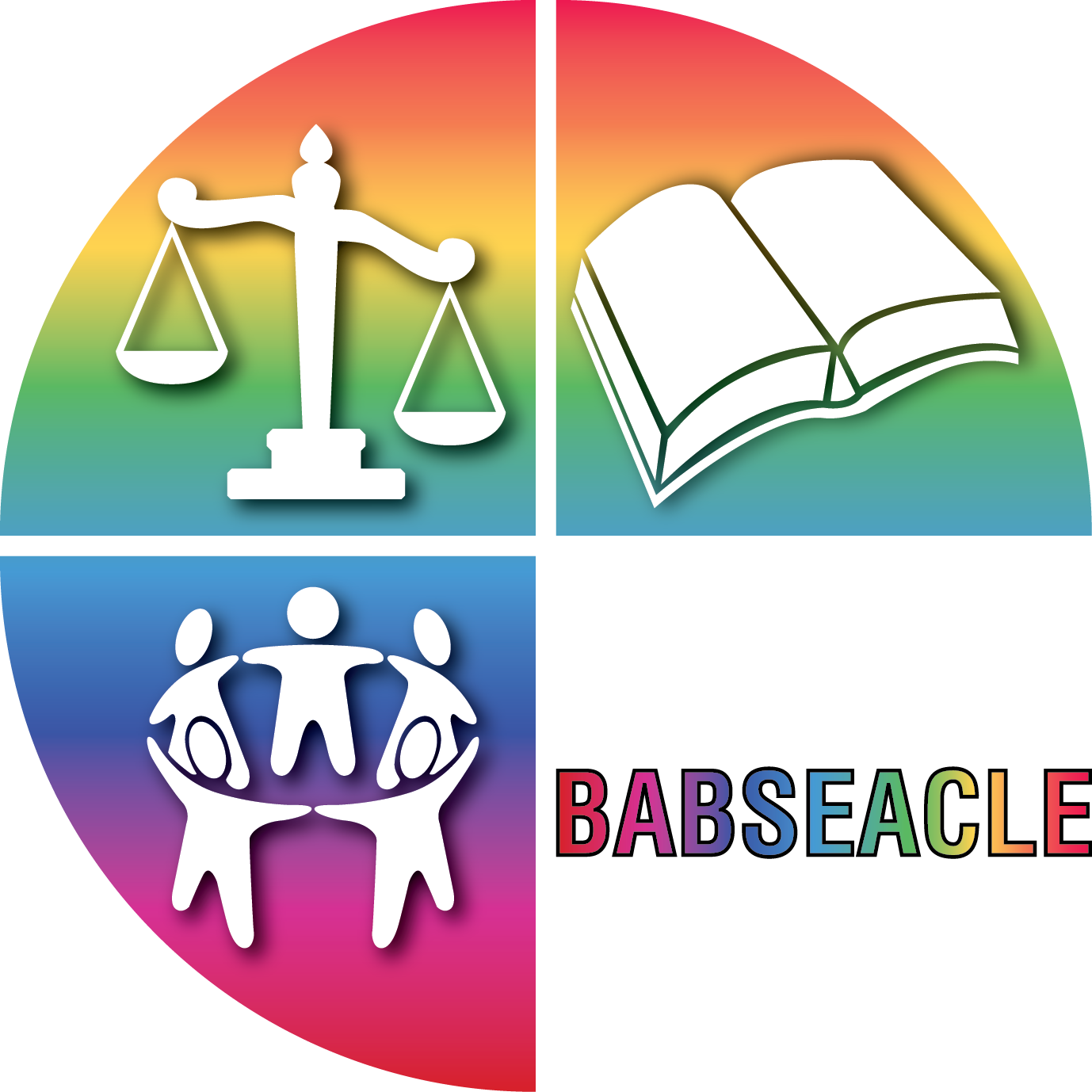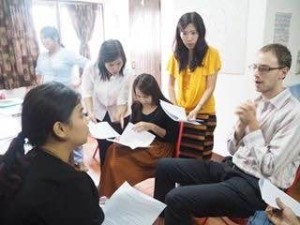As an Assistant Lecturer at the Pyay University Department of Law, I know that community teaching benefits trainers, students, the university and the community, and is one of the models of the Clinical Legal Education (CLE) Programme. The community, at large, may include high school students, NGO staff, a single mothers’ home, a youth training center and/or village members, and all want to be aware of their rights.
After being placed in Chiang Mai, I took part in two types of community teachings. One was at the Wild Flower Home, a single mothers’ residence, and the other at the Urban Light Foundation. Three Myanmar Teachers, two Thai Interns and two members of the Chiang Mai BABSEACLE[1] team, Suphamat Phonphra (Bee) and Anupap Danpo (Game), actively participated in those teachings.
We first gathered necessary information, which included the narcotic drug law and child law, which were of interest to the staff at the Urban Light Foundation. After that, we researched the related Myanmar and Thai Laws, created scenarios for community teaching lesson plans, drew up lessons plans that use interactive and reflective teaching methods and learned how to share this legal knowledge with the community.
and reflective teaching methods and learned how to share this legal knowledge with the community.
Because I didn’t know how much the learners already knew, I was very excited to take part in the community teaching at the Urban Light Foundation. Firstly we introduced ourselves and then the five pupils introduced themselves. After the introductions, I was pleased to be able to communicate to the participants, directly, without the help of English-to-Thai translators.
We then talked about illegal drugs, under the provisions of Thai drug law and the Myanmar Narcotic Drug and Psychotropic Substances Law. During this time I led an energizing session, with a telephone game activity, which was related to the terms of narcotic drug legislation. All the participants had a lot of fun and said that they were very interested in the topic, that they learned new narcotic law terms and that they gained skills from this session, including communication, listening, collaboration and memorizing. The two Myanmar teachers and I talked about Myanmar illegal narcotic drug laws, some terms that are related to those laws, the aims of those laws and the offences and penalties under those laws, especially the death penalty. The students wanted to know many things, and they asked many questions. After that, Suphamat Phonphra (Bee) lectured about Thai drug law. Although I could not understand the Thai language, I knew that the participants were actively discussing those laws.
The next time that we taught at the Urban Light Foundation, our team planned a lesson on child rights law.  Since the students participated actively, and were good English speakers, we could converse with them easily. We did an energizing game session that involved drawing on a chart that related how parents and guardians treat their wards. The participants drew many pictures about the things that children encounter, in daily life and we spoke about children’s rights under the 1993 Myanmar Child Law. For each law we used a different teaching method and script. The students who learned the script taught the others, and by the end of this session, all pupils learned some child related rights. After that, Bee gave a lecture on Thai child Law. Students wanted to know about other laws, and I was happy to share my legal knowledge, because everybody should be familiar with laws that deal with narcotics and children’s rights. I wanted to gather more information, and to share it with my students and community.
Since the students participated actively, and were good English speakers, we could converse with them easily. We did an energizing game session that involved drawing on a chart that related how parents and guardians treat their wards. The participants drew many pictures about the things that children encounter, in daily life and we spoke about children’s rights under the 1993 Myanmar Child Law. For each law we used a different teaching method and script. The students who learned the script taught the others, and by the end of this session, all pupils learned some child related rights. After that, Bee gave a lecture on Thai child Law. Students wanted to know about other laws, and I was happy to share my legal knowledge, because everybody should be familiar with laws that deal with narcotics and children’s rights. I wanted to gather more information, and to share it with my students and community.
I found the community teaching programme to be very useful and gained a lot of experience from such teaching. I now understand how to implement a community teaching programme, at my University. This programme can benefit my teaching, my students, my university, my community and my country.
By Dr. Khin Thinn Thinn Oo, Assistant Lecturer at the Pyay University Department of Law
______________________________
[1] Bridges Across Borders Southeast Asia Community Legal Education Initiative


